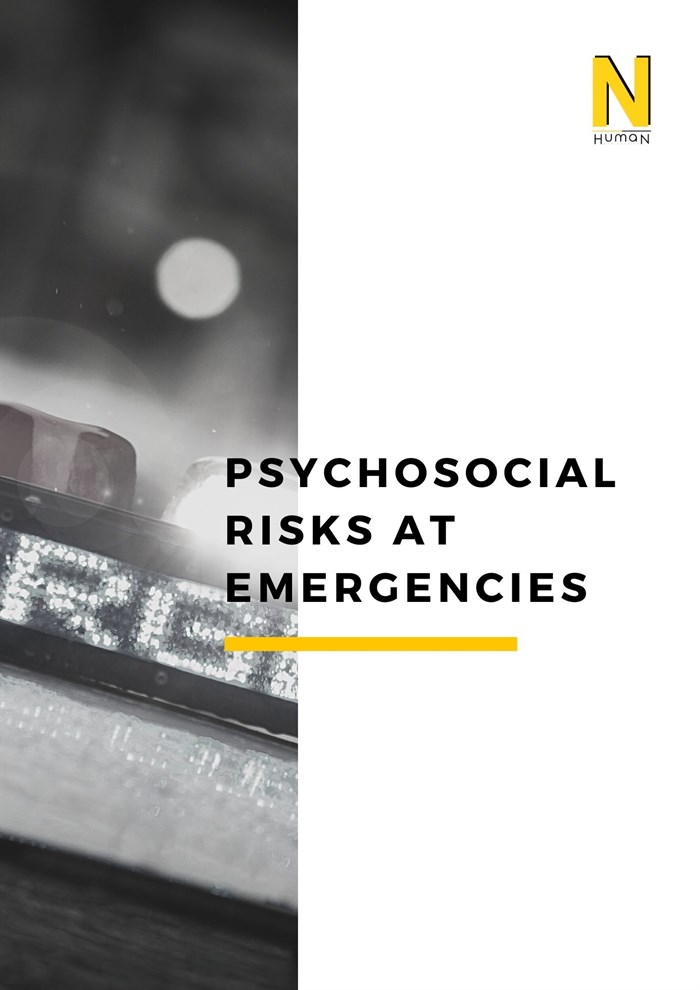Psychosocial Risks at Emergencies
Along with raising awareness on psychosocial risks, developing competence in the management of psychosocial risks, improving the conditions of employees affected by workplace stressors, and supporting their return to work, there are points that organizations should consider in planning and responding to emergencies.
Emergencies are taken into account in the models developed for the management of psychosocial risks. Emergencies in the workplace can create psychosocial risks (for example, through trauma or life-threatening situations). Exposure to psychosocial risks can also create emergencies (eg, violence, threats) for other workers and other contacts.
There are things businesses can do to ensure health, safety, and well-being in the workplace and to manage psychosocial risk in the event of an emergency (for example, natural disasters, fires, emerging infectious diseases, the suicide of a colleague, incidents, crises, threats, layoffs, closures):
a) recognize that a wide variety of emergencies can affect psychological health, safety, and well-being
b) provide care and support services in accordance with the planned response to emergencies
c) set priorities to respond appropriately to the needs of employees and other interested parties;
d) use authorized personnel, paramedics, or other appropriate specialists to respond to the emergency and obtain additional advice and support as needed.
